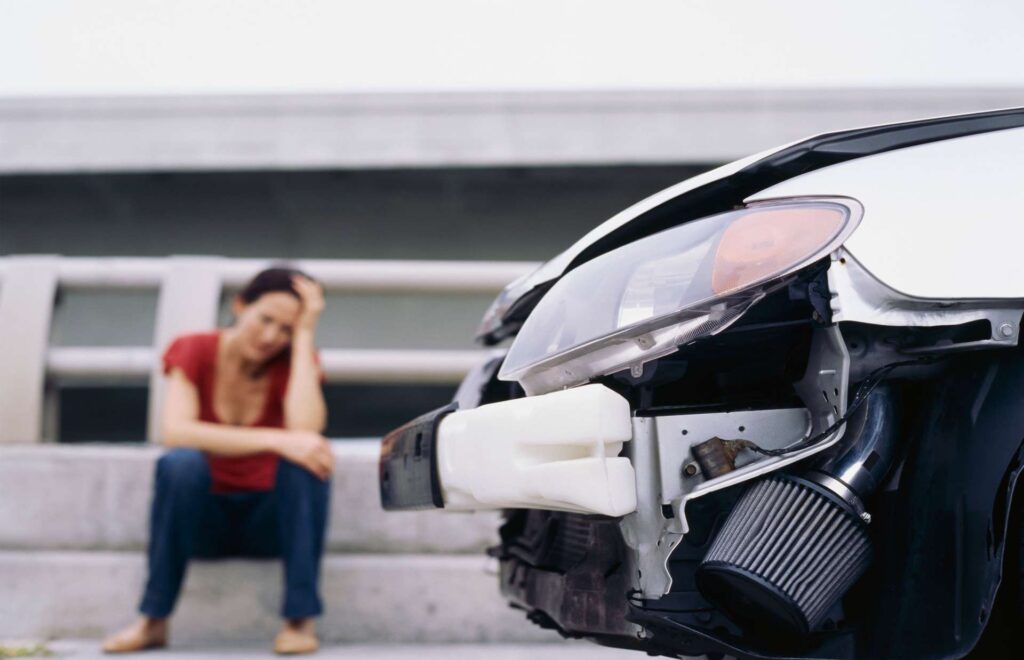Cars are expensive to own and require the owner to continually buy “consumables” such as gas, oil, filters, spark plugs, and windshield wipers. Among these consumables are tires, and most car owners understand that they will have to replace their tires every so often because the treads will become worn.
However, did you know that you may also need to replace your tires because of their age, even if you have not driven very far and even if the tires look fine? This is because tires are usually made of rubber (real or synthetic), and all rubber products deteriorate with age, even if they are not actually being used.
Research conducted in the aftermath of the Firestone tire/Ford Explorer problems a few years back shows that tires as few as six years old may pose a danger to users because of age related deterioration, and even the tire industry (which has consistently downplayed the problem of old tires) has issued an advisory to its members recommending that tires should be replaced after 10 years.
Although many tires are purchased new and are used long before six years have passed, some are not. Some people do not drive their cars very often or very far, and six years may pass before the tire tread becomes worn enough to need replacing. Other people buy used or reconditioned tires, the age of which may be difficult to determine.
In addition, how many of us have a spare tire in the trunk of our car that is more than six years old? Placing such an old spare on a car can present a danger all its own.
Tread Separation
The specific problem posed by old tires is the phenomenon of tread separation. This separation is caused by oxidation, a process that causes the structure of the rubber to break down. When the rubber breaks down, the tread (the part of the tire that touches the road) can separate from the rest of the tire when the car is moving. Some people believe that it is much harder to control a car when the tread separates from the tire than it is to control one after an ordinary blowout.
When the tread partially separates, it pulls the car to one side, and drivers compensate by pulling the wheel in the other direction. However, when the tread separates completely and falls off, the driver will be overcompensating, and this overcompensation can cause the vehicle (SUVs especially) to swerve into oncoming traffic or to roll over. This means that tread separation can be a much more dangerous matter than can an ordinary tire problem.
Tire safety experts have estimated that hundreds of deaths or serious injuries have occurred that can be attributed to age related tire failure. To reduce the number of these deaths or injuries, consumer advocates have asked the federal government to require tires to be marked with an easy to understand “expiration date” so that a purchaser may easily determine its age.
Calculate the Age of Your Tires
The government is considering this request, but, until then, consumers can check the 10 or 11 digit DOT identification number on their tires. The last 3 or 4 digits of this number show a tire’s age: The first 2 give the week it was made (03 = the 3rd week of the year; 51 = the 51st week of the year), and the last 2 digits (or just the last digit for tires made in 1999 or earlier) show the year (13 = 2013), so a tire marked “0610” would have been made in the 6th week of 2010, and currently would be about 4 years old.
The moral of the story is to make sure that you replace your tires, including spares, regularly and not use a tire that you know is old, even if it does not appear to be worn. However, if you or someone you know has been the victim of an age related tire failure, you may have a products liability claim against the tire’s manufacturer, seller, or even the car company that used the tires on its vehicles. Each case depends on its facts, and, because such cases are so complex and require the testimony of so many experts, it is best to have a lawyer help you determine whether you have a claim.

